the best quality Workloading and CHUCK
INDUSTRY
engineering hires
Aerospace Industry
- Engineering Hires
- MaxiGrip Company
- Sagar Sheth
A hydraulic-driven workholding aerospace system is a mechanical device that secures and positions aeronautical components throughout various production and assembly operations. Workholding systems are vital in aircraft production because they enable precise and accurate component placement, which is critical for generating high-quality and durable aerospace products.
Key components and features of a hydraulic-driven workholding aerospace system may include:
- Hydraulic Power Unit (HPU):
- Hydraulic Actuators:
- Hydraulic Clamps:
- Quick Release Mechanisms:
- Computer Numerical Control:
- Control System:
- Safety Mechanisms:
- Modular Design:

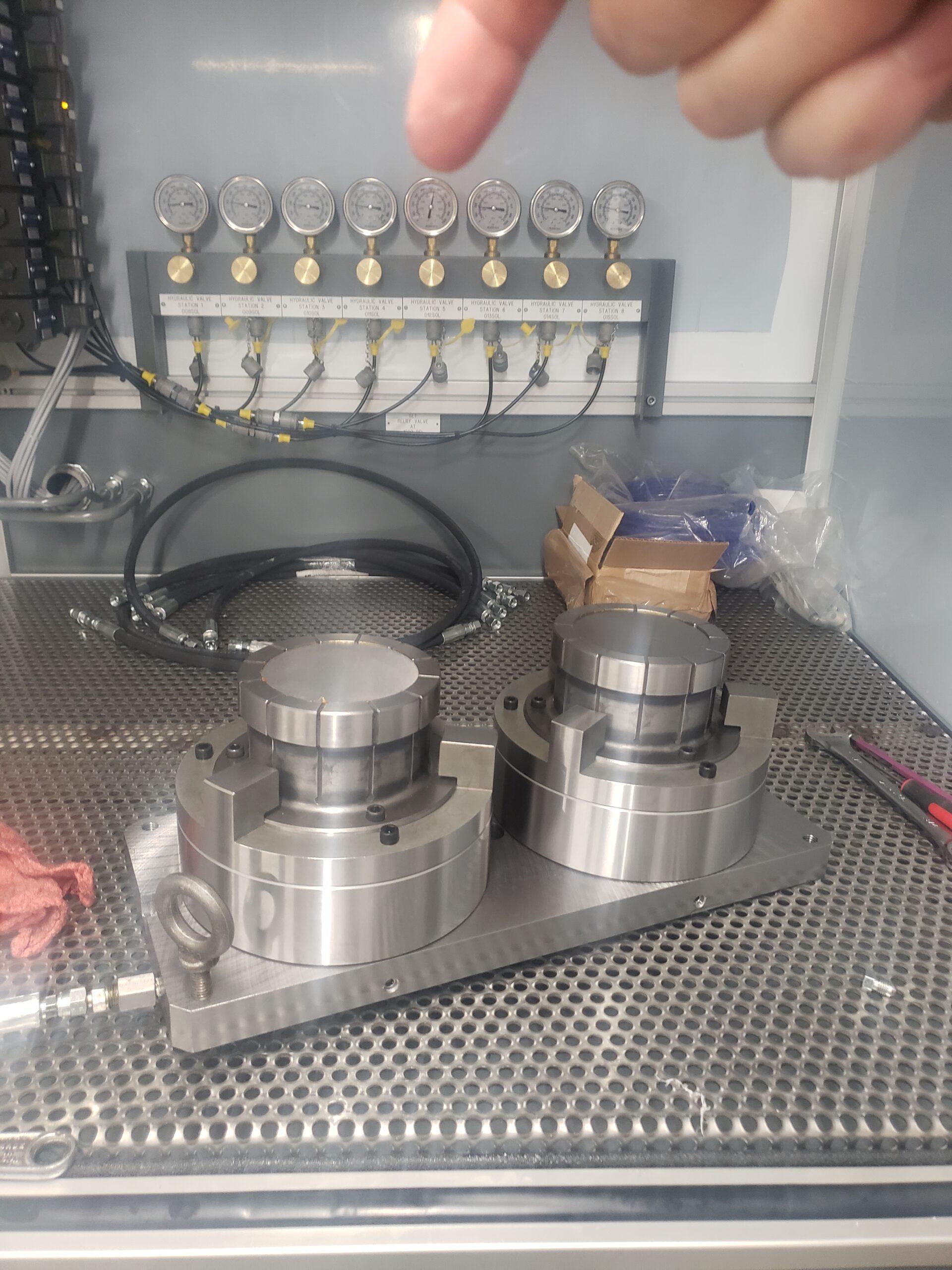
engineering hires
Medical Industry
- Engineering Hires
- Maxigrip Company
- Sagar Sheth
Hydraulic-driven workholding systems are utilized in the production of medical devices such as orthopedic implants, surgical tools, and medical equipment housings. These systems are crucial in guaranteeing precision, dependability, and safety in the manufacturing of medical components.
Key components and features of a hydraulic-driven workholding system in medical industry may include:
- Medical Device Manufacturing:
- CNC Machining:
- Dental Prosthetics:
- Medical Equipment Assembly:
- Quality Control and Inspection:
- Precision:
- High clamping force:
- Customizability:
- Safety & Efficiency:
engineering hires
Automotive Industry
- Engineering Hires
- MaxiGrip Company
- Sagar Sheth
Hydraulic-driven workholding devices are also frequently employed in the automobile sector for a variety of production procedures. These systems are critical for securely storing automobile components during machining, assembly, and other production procedures. The automobile sector, like the aerospace industry, expects accuracy and repeatability in its manufacturing processes, and hydraulic-driven workholding devices play an important part in accomplishing these goals
Key components and features of a hydraulic-driven workholding system in automotive industry may include:
- Machining Operations:
- Welding and Assembly:
- Forming and Stamping:
- Flexibility & adaptability
- High clamping force:
- Quick and reliable operation:
- Safety:


MaxiGrip & industry service


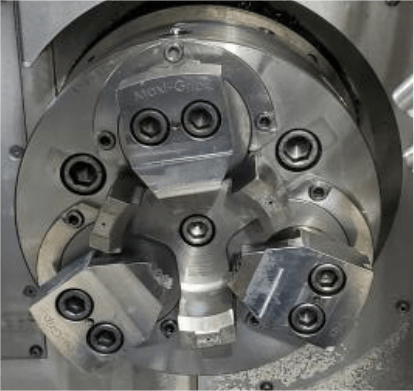





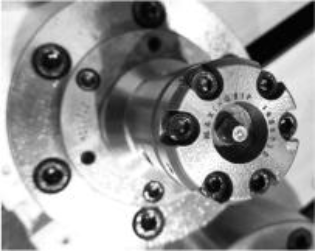


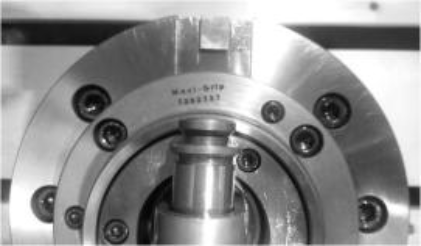

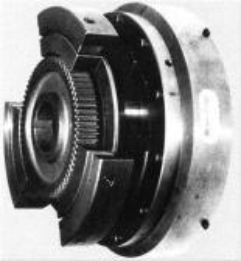












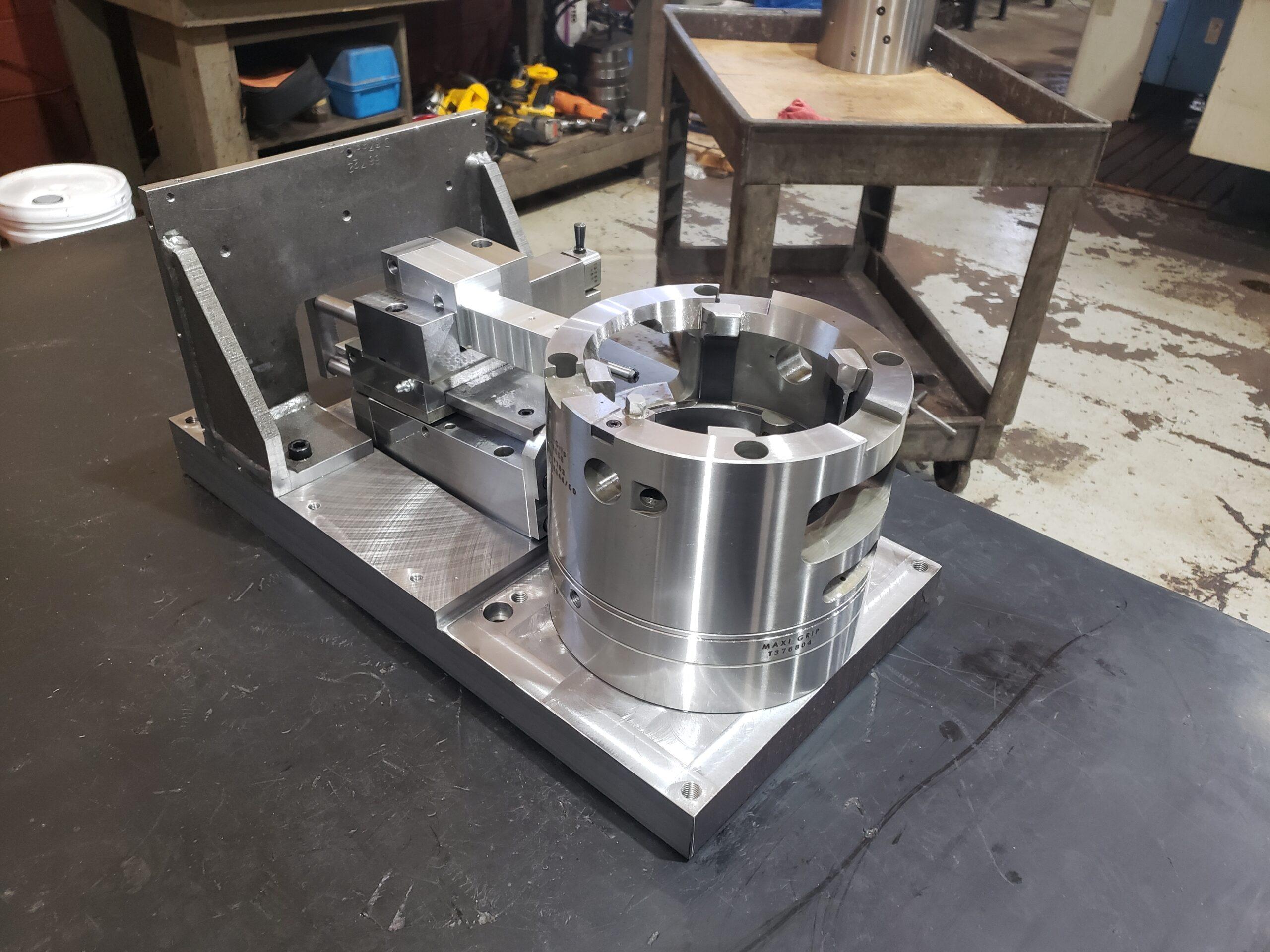











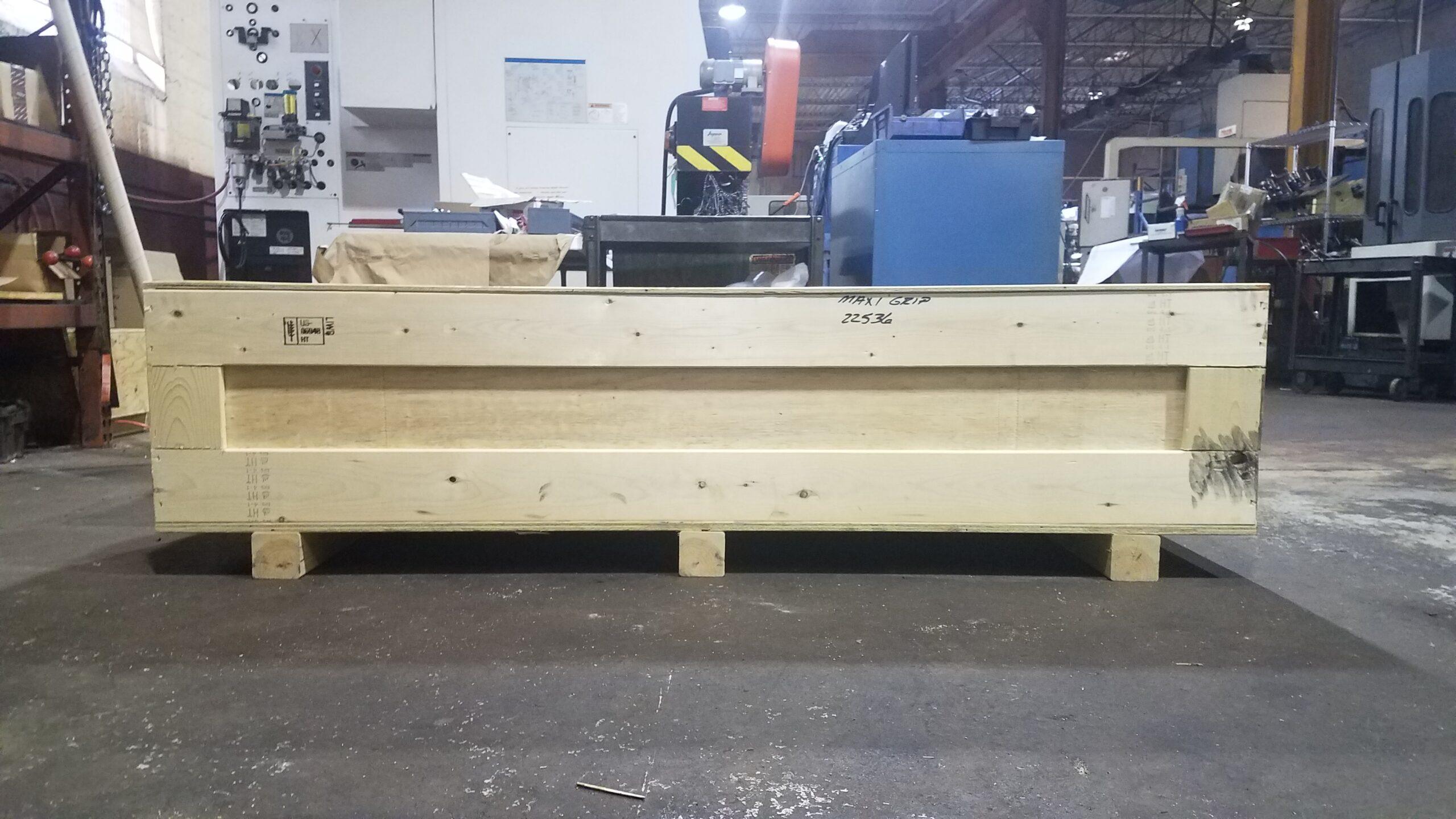






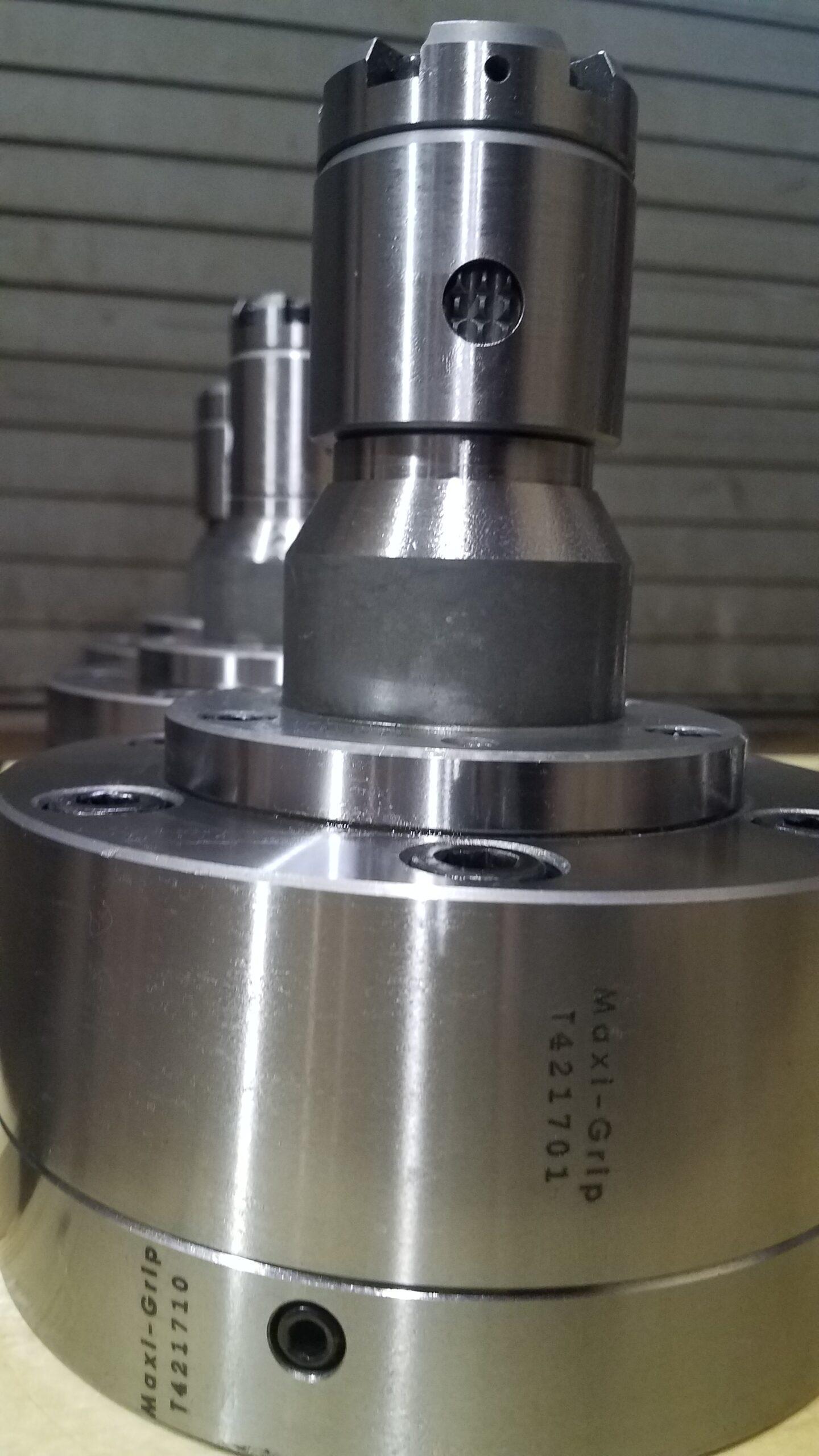









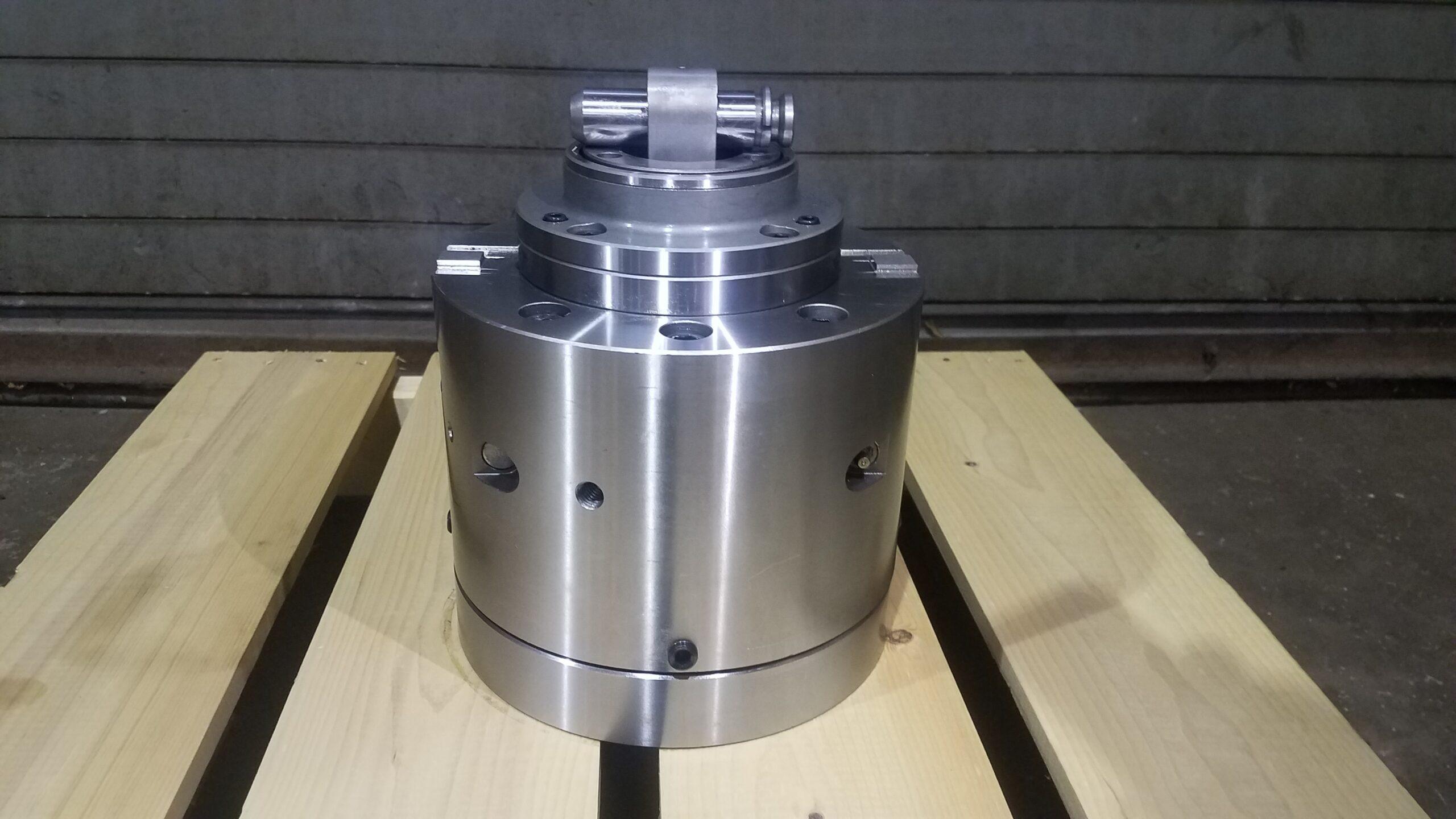






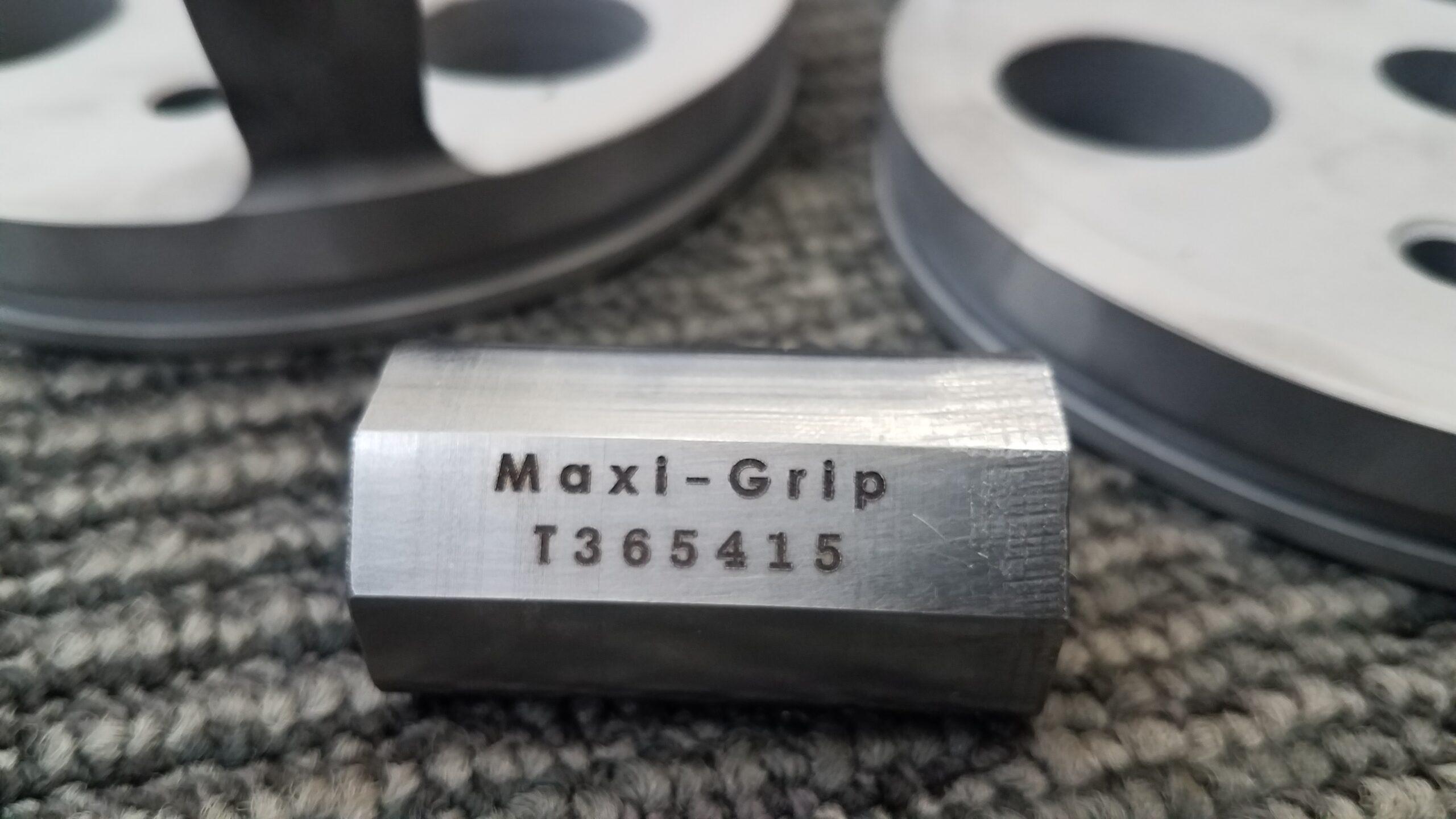














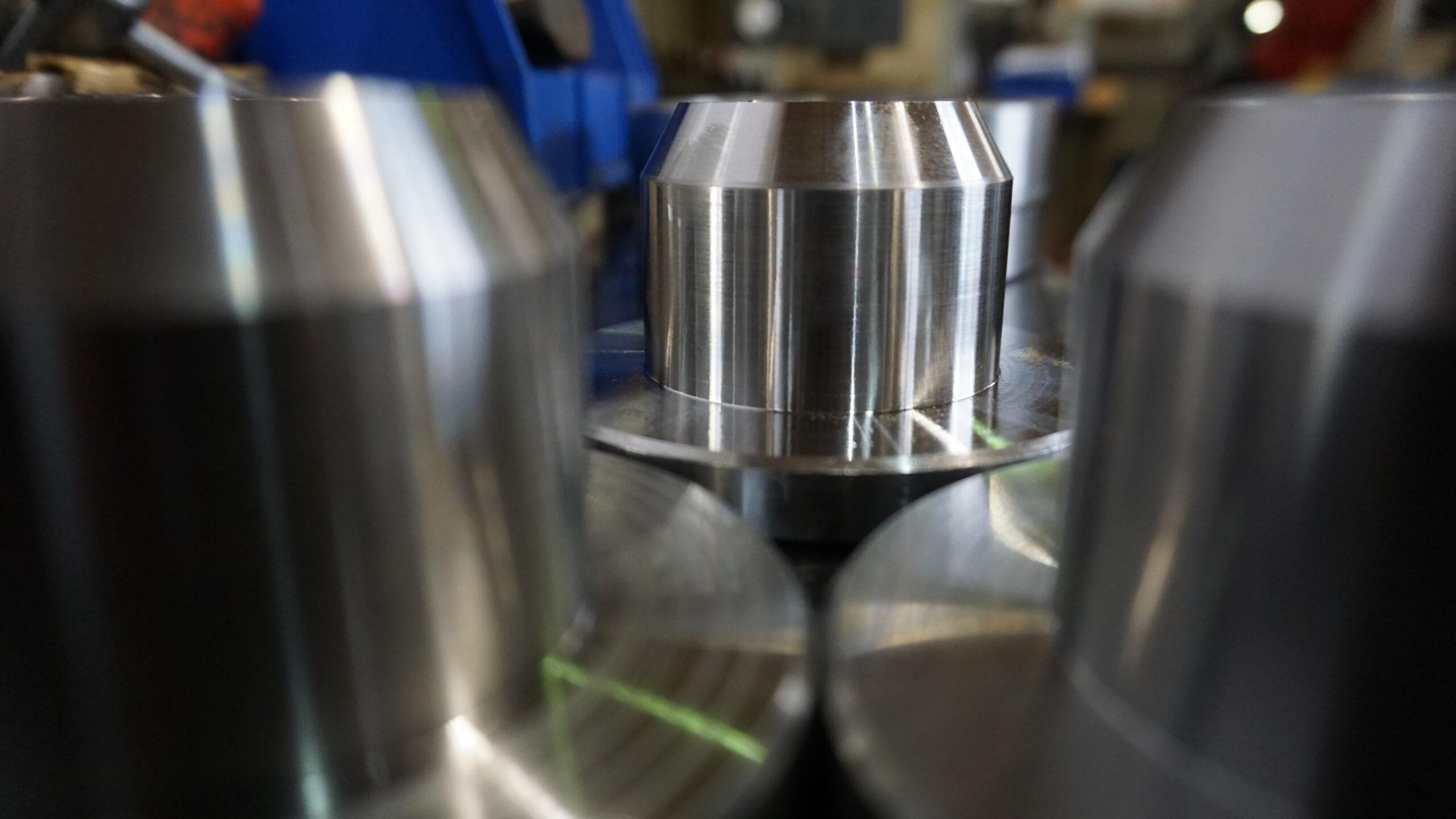



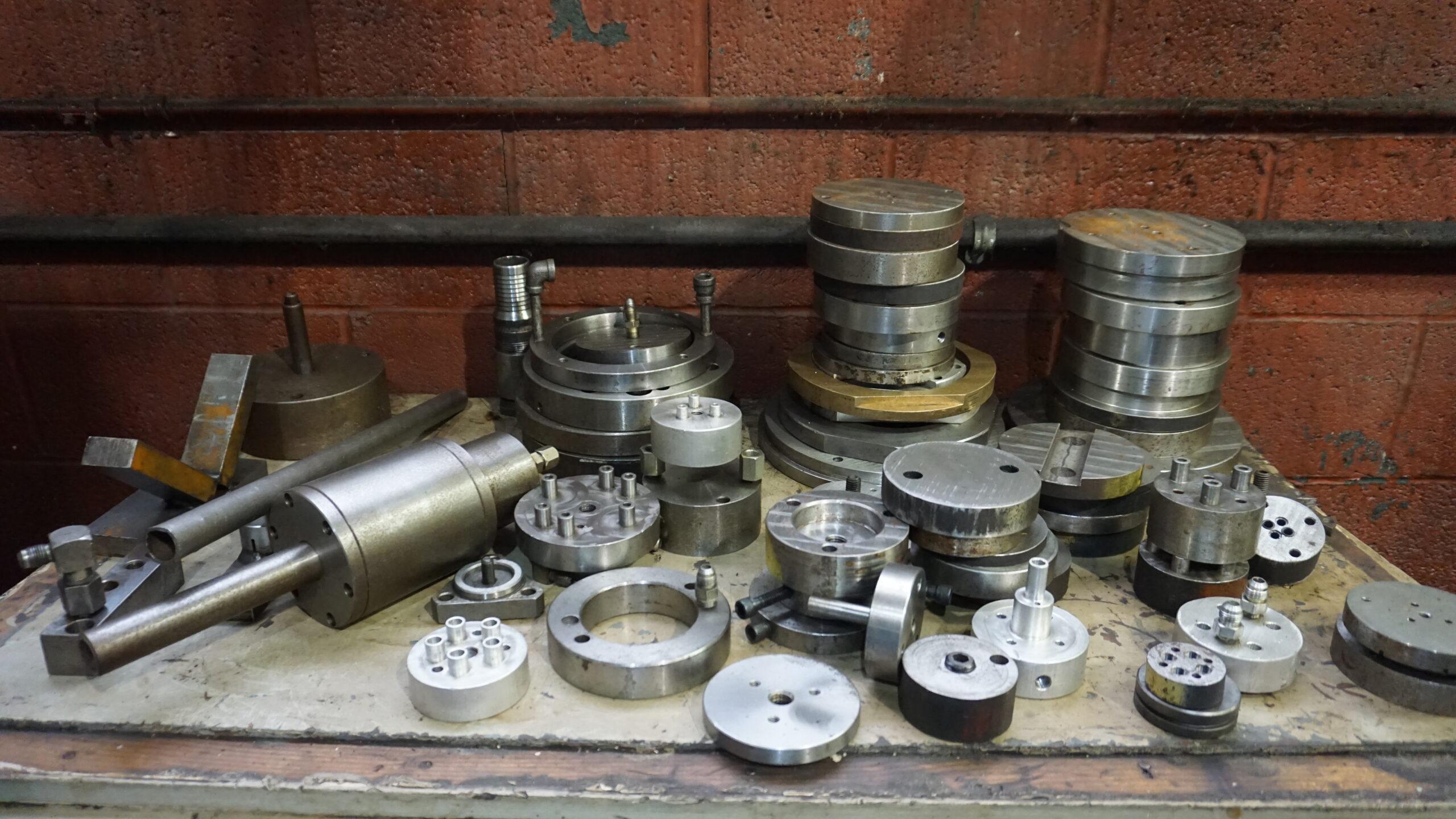









STEP & SOLUTION
business solution
The system is driven by a hydraulic power unit, which creates the pressure and flow required to operate the hydraulic actuators and clamps.
These are devices that transform hydraulic pressure into mechanical force. Hydraulic actuators are utilized in workholding systems to safely and accurately clamp and release aircraft components.
Hydraulic clamps are workholding devices that keep aircraft components in place during machining, assembly, or other procedures. These clamps may be built to efficiently hold certain pieces of varying shapes and sizes.
To correctly place the components as needed, the workholding system may include a positioning system, such as CNC (Computer Numerical Control)
In the aircraft industry, safety is of the utmost significance. To prevent accidents or component damage, the workholding system may contain safety measures like pressure relief valves, overload protection, and emergency stop buttons.
The size and form of aerospace components can vary greatly. By modifying or rearranging the clamping parts as needed, a modular design allows the workholding system to successfully accept varied components.
To accomplish the needed requirements and tolerances, these systems firmly retain the components during machining, grinding, and other manufacturing procedures.
Hydraulic-driven workholding systems are used in dental labs to fabricate dental prostheses such as crowns, bridges, and dentures. These devices hold dental materials in place during the milling and shaping operations, allowing for accurate and individualized dental restorations.
In some circumstances, the workholding system may include quick-release mechanisms to speed up component swaps and decrease downtime between production operations.
To achieve precise and consistent results, automobile components must be kept securely in place during machining procedures such as milling, drilling, and turning. Hydraulic clamps are used to secure workpieces to machining centers or CNC machines, making material removal more efficient and precise.
Hydraulic-driven workholding devices are used in automobile assembly lines to position and hold pieces together during welding and assembly procedures. This ensures that components are precisely aligned and firmly linked, adding to the vehicle’s overall quality and safety.
Hydraulic clamps can be actuated and deactivated quickly, resulting in higher production and shorter cycle times.
Automotive body panels and other metal components are frequently formed and stamped. Hydraulic clamps and actuators are used to keep the materials in place as they are shaped and deformed.
Hydraulic workholding systems may be configured to accept a wide range of automotive component shapes and sizes, making them appropriate for a wide range of manufacturing demands.

